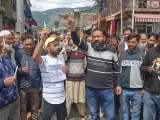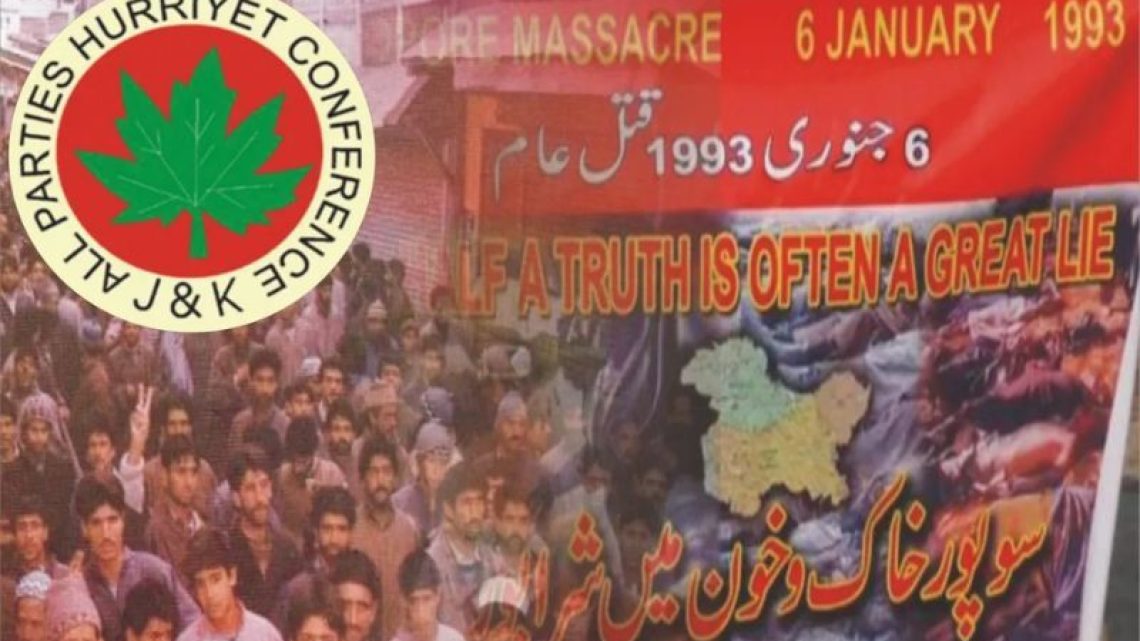
Tribute to Massacres Martyrs in IIOJK: Posters Appeared Ahead of India’s Republic Day
January 17, 2024In the region of Indian illegally occupied Jammu and Kashmir, posters have emerged, urging the populace to pay homage to the victims of the Gaw Kadal, Handwara, and Kupwara massacres. The Gaw Kadal tragedy occurred on January 21, 1990, claiming the lives of over 50 innocent individuals in Srinagar. Indian forces opened fire on peaceful demonstrators protesting the prior night’s molestation of several women by troops.

In Handwara, on January 25, 1990, at least 21 Kashmiris were fatally shot by Indian troops. Another grim incident unfolded in Kupwara town on January 27, 1994, a day following India’s Republic Day. On this occasion, 27 civilians fell victim to an Indian troop massacre. This brutal act was reportedly a punitive measure for the populace’s observance of a shutdown on January 26.
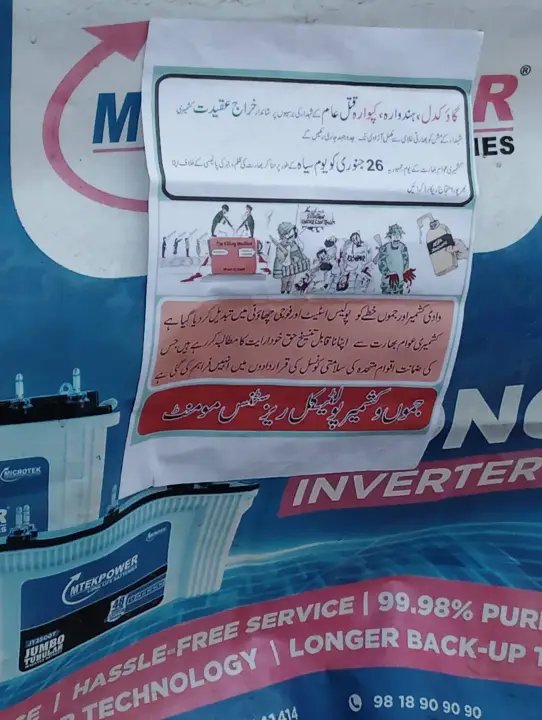
The posters, strategically placed on pillars, poles, and walls across various regions in the territory, advocate for observing India’s Republic Day on January 26 as a Black Day. This symbolic act is intended to convey a strong protest against the forced occupation of their homeland by India.
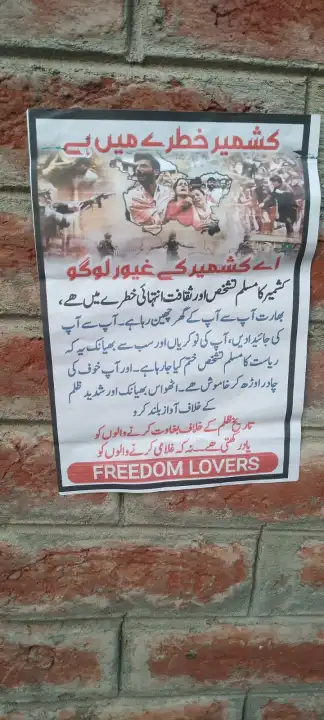
Referring to the Indian Republic Day celebrations in the illegally occupied region as a “cruel joke,” the posters emphasize that India should heed the unequivocal message from the people of Kashmir, who have consistently rejected its illegal occupation. The posters, which have also found their way onto social media platforms, encourage individuals to offer special prayers on the anniversaries of these massacres, commemorating the Kashmiri martyrs.
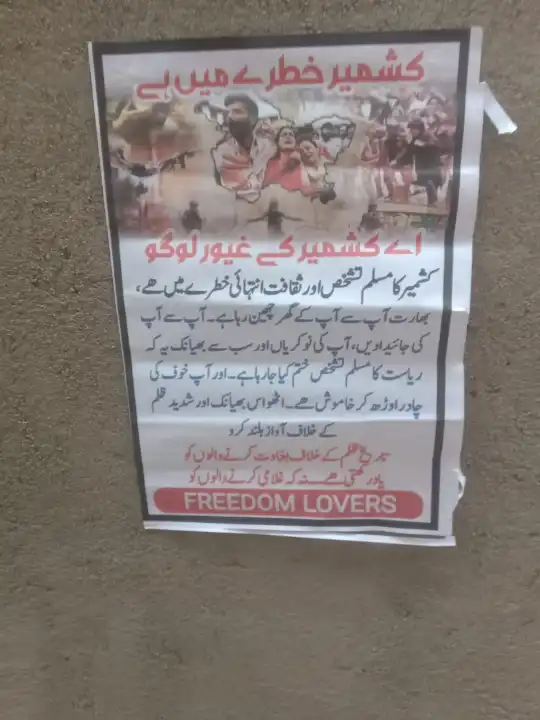
The emergence of these posters underscores the deep-seated grievances and resistance prevailing among the residents of Indian illegally occupied Jammu and Kashmir. The events commemorated on these posters serve as stark reminders of historical injustices and the ongoing struggle for self-determination in the region. By designating Republic Day as a Black Day, the people of Kashmir aim to draw attention to their plight and the persistent denial of their rights. The posters, both physical and digital, serve as a collective expression of dissent against the occupation, sending a clear and resolute message that the people of Kashmir stand united in their rejection of India’s presence in their homeland. The call for prayers on the anniversaries of these massacres adds a poignant dimension, emphasizing the need for remembrance and reflection on the sacrifices made by Kashmiri martyrs in the pursuit of justice and freedom.
